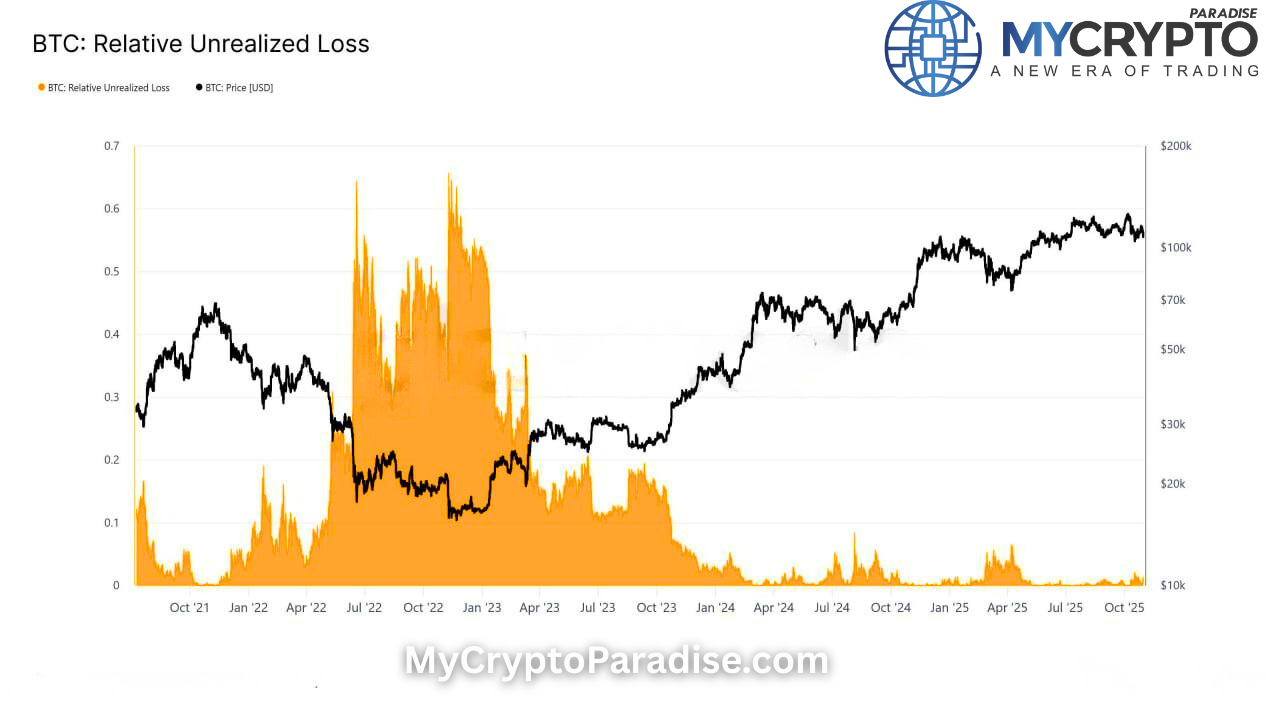Cryptocurrencies rely on consensus mechanisms to process transactions and create new transaction blocks on a blockchain network. Also, these mechanisms secure all transactions done in the blockchain network.
The proof-of-stake consensus mechanism is gaining more ground among cryptocurrencies, crypto holders, and investors. It has become more evident, especially with Ethereum’s revolutionary switch from a proof-of-work consensus mechanism to a Proof-of-Stake mechanism.
As a new user or expert in the crypto world, it is necessary to understand what Proof-of-Stake is and its benefits on the crypto market. This article presents essential information on everything you need to know about the Proof-of-Stake mechanism.
Before you read ahead, here is a juicy offer for you;
Our Paradise Team is a group of experts with more than 6 years of experience in trading cryptocurrency, after developing a deep understanding of trading crypto, the Paradise Team is now helping others by providing information and education that will change their lives through crypto trading.
Join our ParadiseFamilyVIP membership today on Binance (spot and futures), Bybit, Kucoin, OKX, and Bitmex using PRO20% for your special20% discount; you’ll have a personal trading expert to assist you in all your trades with little or no effort required from you to win trades.
Hurry now as the promo expires soon and click here for reviews from our clients.
What is Proof-of-Stake (PoS)
Suppose you are new to cryptocurrency; you learn about significant crypto assets like Bitcoin and Ethereum. Then, it is vital to understand the technology that keeps these cryptos secure, which is the consensus mechanism.
There are many consensus mechanisms in the crypto market, each with significant strengths and drawbacks. Two significant mechanisms often used in a blockchain are the Proof-of-Work and Proof-of-Stake consensus mechanisms.
The proof-of-Stake mechanism is a crypto consensus mechanism that processes transactions, validates new entries on the blockchain, and creates new blocks while securing the blockchain network.
Proof-of-Stake (PoS) is often considered an alternative to the proof-of-work mechanism. Unlike, PoW, The Proof-of-stake consensus mechanism does not require heavy computational work. Instead, Proof-of-Stake uses the machine of a coin owner to verify transactions and create new blocks.
How does Proof-of-Stake consensus mechanism work
To validate a transaction using Proof of Stake, users need to deposit their coins as collateral (which is called staking) in the network. A recent example is Ethereum merge to Proof-of-Stake; if Ethereum holders want to become validators, they must “stake” or deposit 32 ETH.
Users who own a specific amount of crypto required by the network become validators of a block. These validators ensure that transactions are correct, and they create new blocks. Also, users who stake their coins enjoy passive rewards.
Different cryptocurrencies use proof of Stake consensus mechanisms. Many of which include Ethereum Cardano ($ADA), Solana ($SOL), Polkadot ($DOT), and many others. However, each cryptocurrency has its modification of the proof-of-Stake mechanism. Yet, they all maintain an element of randomness in selecting their validators. How so?
Suppose a crypto holder wants to become a validator. In that case, they must deposit a significant amount of crypto so the system can consider them prospective validators. However, suppose users are not able to meet the staking requirements. In that case, they can join staking pools where other users can pool their coins. Thus, they have an improved chance of creating new blocks and becoming a validator as a whole unit.
Benefits of Proof-Stake Consensus Mechanism
The Proof-of-stake offers vital benefits in its consensus mechanism. Let’s examine them.
Greater energy efficiency
Proof-of-Stake offers greater energy efficiency as it does not require a lot of power before a user can become a validator. It also means that the proof-of-Stake consensus mechanism is safe for the environment as there are almost zero emissions when validating transaction blocks.
Reduced barrier to entry and requirement
Users do not need specialized or heavy machines to become a validator of a proof-of-Stake consensus. The consensus mechanism requires users to stake a specific amount of coins on the blockchain before they can validate transactions and blocks.
This requirement allows more users to become validators even with their smartphones or PC as long as they have the required amount to stake.
Reduces possible risk of Centralization
Specific consensus mechanisms provide fewer validators due to high operational costs. As a result, users with expensive and powerful machines validate and operate the network as they see fit. Such is the case with the Proof-of-Work mechanism, often leading to high gas fees and network congestion.
With the proof-of-Stake mechanism, running a node is less expensive, allowing more users to become validators securing the blockchain network, thus eliminating the risk of becoming centralized.
Less attack on the blockchain network
Attacks on blockchain networks are inevitable. In PoW, hackers can add a malicious block to the network if they own 51% of the computational power in the network.
However, a 51%-attack can’t occur with a proof-of-Stake mechanism because such a malicious actor will need to own more than 51% of all staked cryptocurrencies in the network. Consequently, proof of stake is secure and safe for users.
Closing Thoughts
Proof-of-Stake consensus mechanism is a unique mechanism that enables users to become validators in verifying transactions and creating a new block in the network. Validators earn passive income based on the number of coins they stake. In addition, Users can choose to stake and unstake their coins at any time of their choosing.
Despite its benefits, the proof-of-stake mechanism is a young mechanism that is not thoroughly tested to become a good and reliable consensus mechanism compared to Proof-of-Work. Still, its mechanism process crypto transactions quickly at low costs.
With its eco-friendliness, the proof-of-Stake consensus mechanism could become a long-term popular and successful consensus mechanism in cryptocurrency.
Join our telegram channels where we share free trading signals and market updates that will help you make informed decisions in trading cryptocurrency;
- My Binance Paradise – https://t.me/MCP_binance
- MyCryptoParadise Tweets – https://t.me/MyCryptoParadise_Tweets













